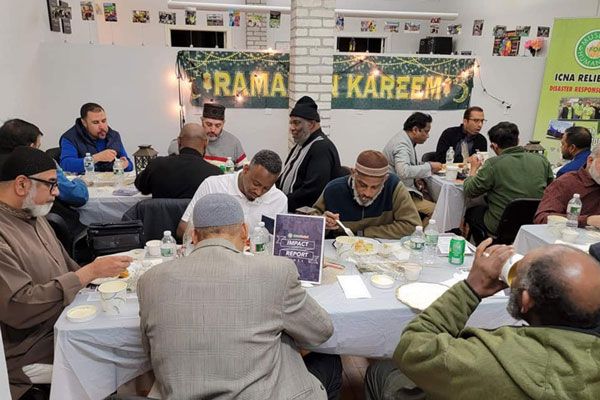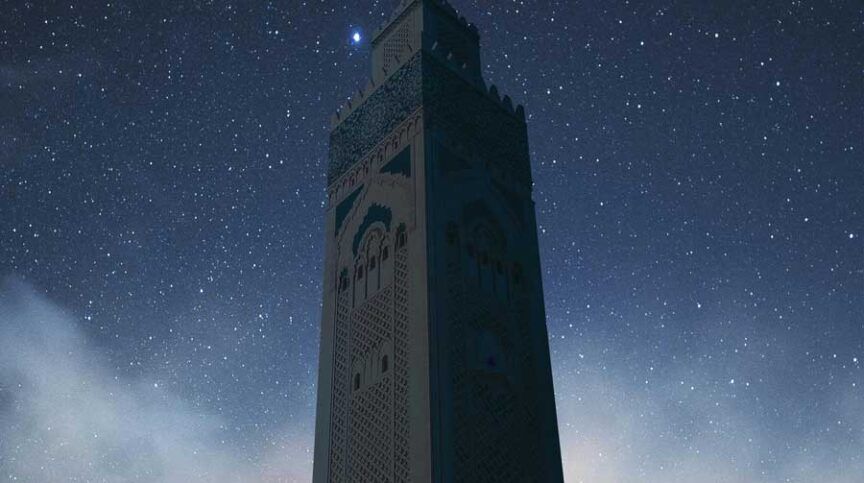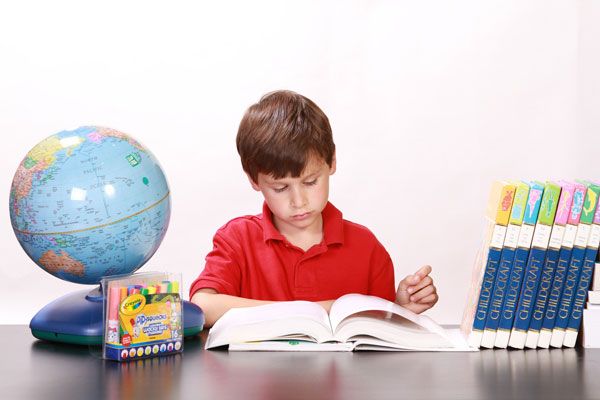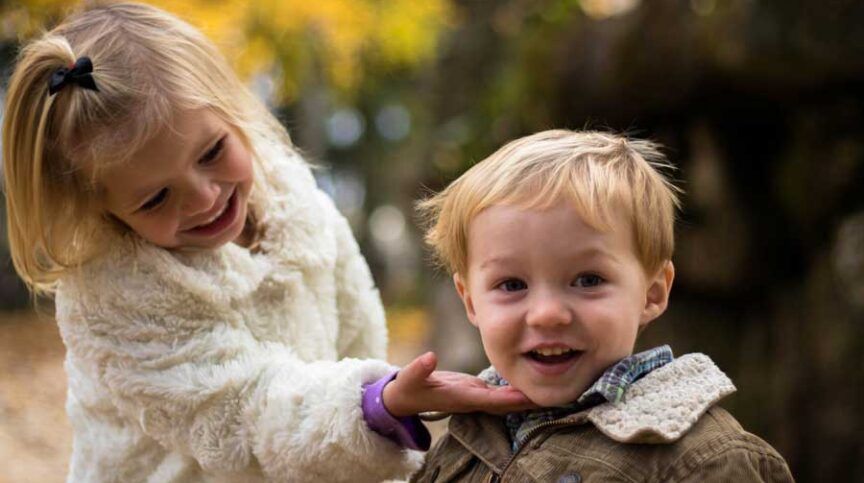Multiculturalism has been a topic of discussion in North America since at least the 1930s. America embraced the idea of a melting pot, with minorities maintaining their languages and cultural traditions to more or less extent while still assimilating into the larger American ethos. In the late 1970s, Canada switched to the salad bowl metaphor — keeping the uniqueness intact, even if it created ethnic pockets which were not integrated at all. According to ThoughtCo, “Multicultural societies are characterized by people of different races, ethnicities, and nationalities living together in the same community. In multicultural communities, people retain, pass down, celebrate, and share their unique cultural ways of life, languages, art, traditions, and behaviors.” Both the U.S. and Canada, while having made positive strides, have a long way to go in honoring and fully embracing the multitudes of cultures that thrive within their borders, and treating all minorities as equal members of society, particularly when it comes to indigenous peoples who lag behind in acceptance.
Islam, at its founding, was an example of diversity and over time grew into a multicultural empire the likes of which the world had never seen. Various dynasties of non-Arabs ruled, and even today, the largest populations of Muslims are found outside Arab countries. Islam is unique today for the many cultures represented in the 50 Muslim-majority countries, but also by the presence of Muslims in virtually every country in the world, sharing and spreading their one commonality — faith. With the much-anticipated month of Ramadan here once again, that multiculturalism which flourishes within the faith, is on full display.
The Qur’an was first revealed to Prophet Muhammad (s) in Ramadan in 610 CE, and its recitation during taraweeh prayers and at home during the 30 days is central to fully participating in the holy month. There are general rituals that all Muslim cultures practice. Each day of Ramadan begins with waking up to eat suhoor before praying fajr. Then Muslims fast during the day and break the fast at Maghrib. Many then pray taraweeh at their local masjid. The aim of this holy month of Ramadan is an increase in prayers, recitation of the Qur’an, a deeper reflection on one’s life, and strengthening the relationship with Allah. The religious rituals bond Muslims in a shared and profoundly meaningful experience.
It is easy to forget that Islam came to North America long before the formation of the United States and Canada. What is left of these first Muslim footprints are found in letters, oral stories, and books in libraries and museums. In the 1500s, explorer Mustafa Zemmouri traveled the Gulf Coast, Florida, and New Mexico. Enslaved men like Omar ibn Sayyid, Ayuba Sulieman Diallo, Bilali Mohammad, and Salih Bilali all wrote letters in Arabic with those back home or to other slaves. Yusuf Ben Ali, Salem Poor, Joseph Saba, Bampett Muhammad, and Peter Salem fought in the Revolutionary War. Those first Muslims recited Qur’an and prayed their five prayers as best they could under the harsh conditions of antebellum slavery. They prepared the sahoors and iftars for their families based on their own cultural upbringing from back home. African American Muslims today have found their own way to Islam and have created their own traditions.
Ramadan Traditions Around the World
Each culture in Muslim-dominant countries has their own special way of observing Ramadan with particular foods, décor, and even clothing. These traditions have traveled abroad to Western countries with those who have immigrated and have been sewn into the cultural fabric, especially in the United States and Canada which have large populations of Muslims from around the world. Masajid hold taraweeh prayers where a Senegalese individual may pray next to a convert or a Lebanese next to an Indian. Potluck iftars may serve basi-salte, roasted lamb leg, samosas, and stuffed grape leaves. With bi-cultural marriages, families can share Ramadan within the home by blending traditions or even creating new ones.
Muslim immigrants can be found living in nations around the world and engage in rituals and traditions during Ramadan rooted in their location. In Java, Indonesia, for example, Muslims soak their bodies in springs or other fresh bodies of water the day before Ramadan begins. Padusan (to bathe) is a cultural adaptation in Indonesia. In the UAE, children chant for sweets in Sha’ban, two weeks before Ramadan begins. Their translated chant is, “Give to us and Allah will reward you, and help you visit Makkah.” And in South Africa, the maan kykers (moon watchers) travel to Three Anchor Bay in Cape Town to physically observe the new moon’s birth and announce the start of Ramadan.
The Musaharati beat drums and chant to wake residents up for suhoor in Saudi Arabia. Drumming is also used in Turkey for the same reason and the drummers wear traditional Ottoman dress. Residents peek out of windows as they pass by. There are over 2000 drummers in Turkey who uphold this tradition. In Morocco, the nafars wake townspeople up, chanting prayers, while Lebanon and the UAE shoot cannons each day to let everyone know it is time to break their fast. Egyptians put out fanous (lanterns) in kaleidoscopic colors. Children wander the streets carrying the lanterns as they ask for sweets and small gifts.
Ramadan is a blessed month for many reasons. In Western multicultural Muslim communities, we have the opportunity to practice our own traditions and also to experience the traditions of other cultures. This occasion to share and learn from other cultures can enrich us. As it says in the Holy Qur’an, “O humanity! Indeed, We created you from a male and a female, and made you into nations and tribes so that you may know one another. Verily the most honored of you in the sight of Allah is the most righteous among you. Indeed, Allah is the All-Knower, All-Aware” (Qur’an 49:13). If that spirit of Islam is allowed to envelope us and enter our minds and, especially, our hearts, we can heal the racial and ethnic rifts within our communities. That is the only way to represent the profound beauty of diversity in our everyday living and through our interactions with family, friends, neighbors, and strangers. Ramadan is the perfect time to explore these possibilities.






